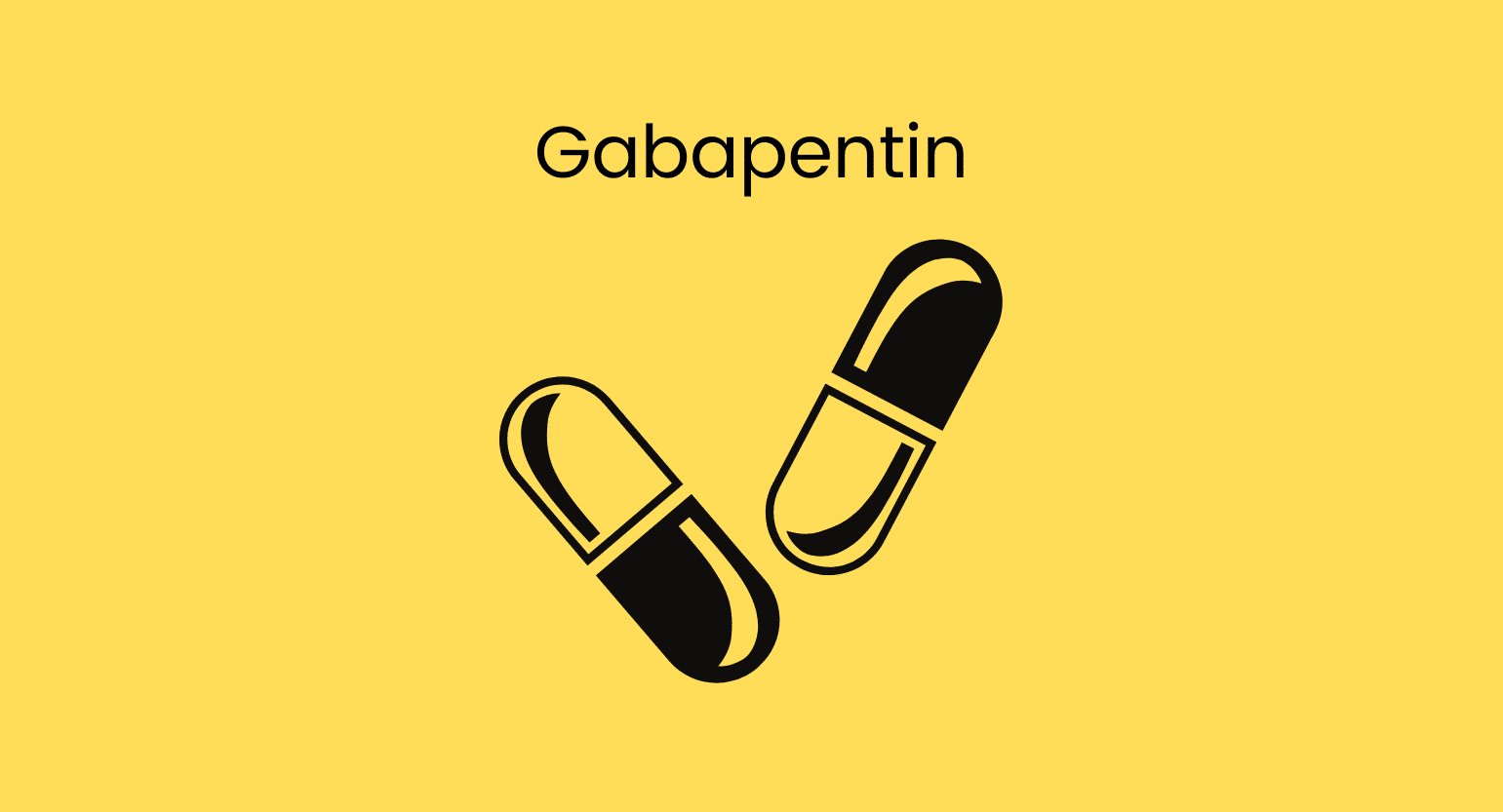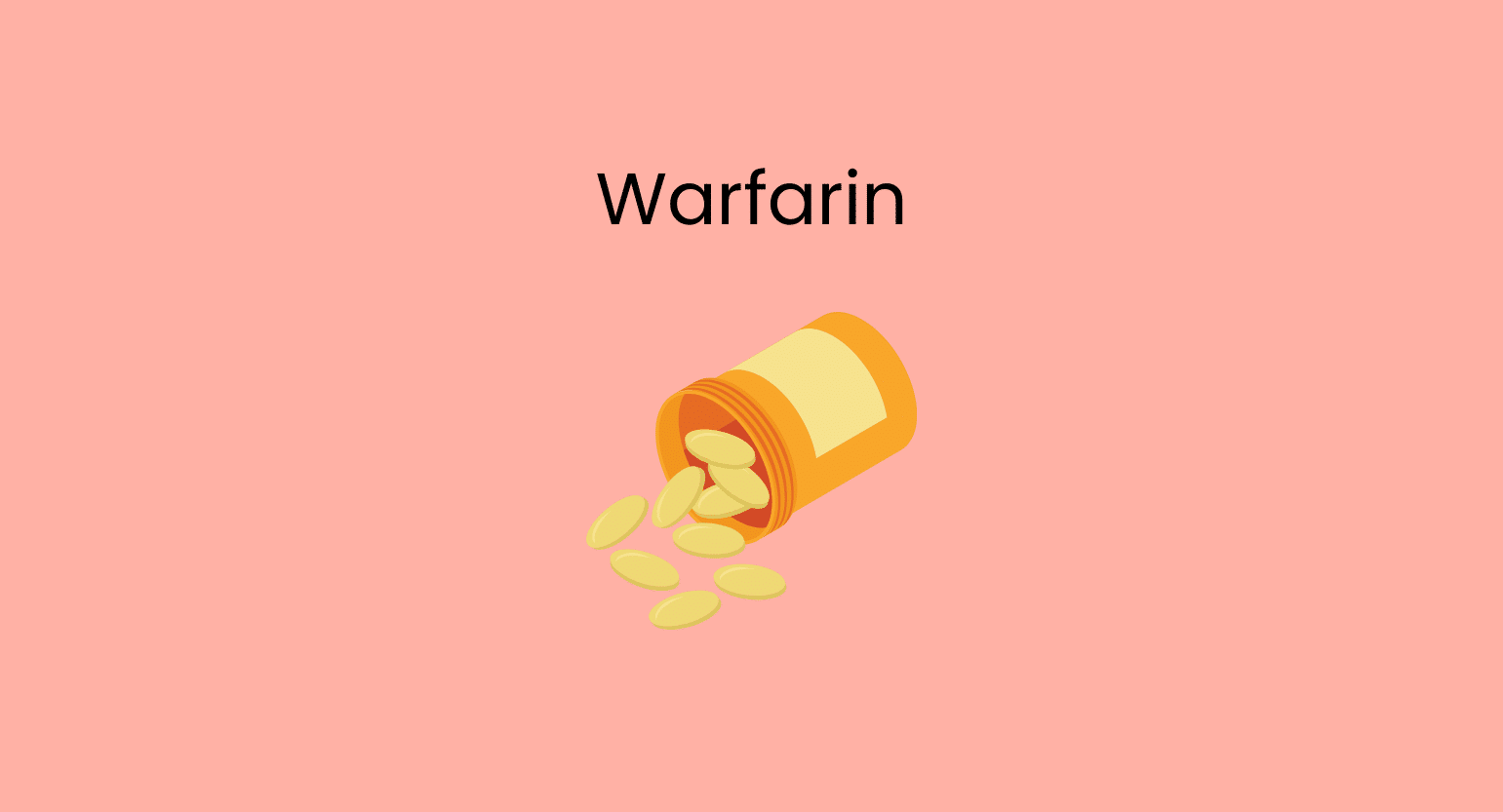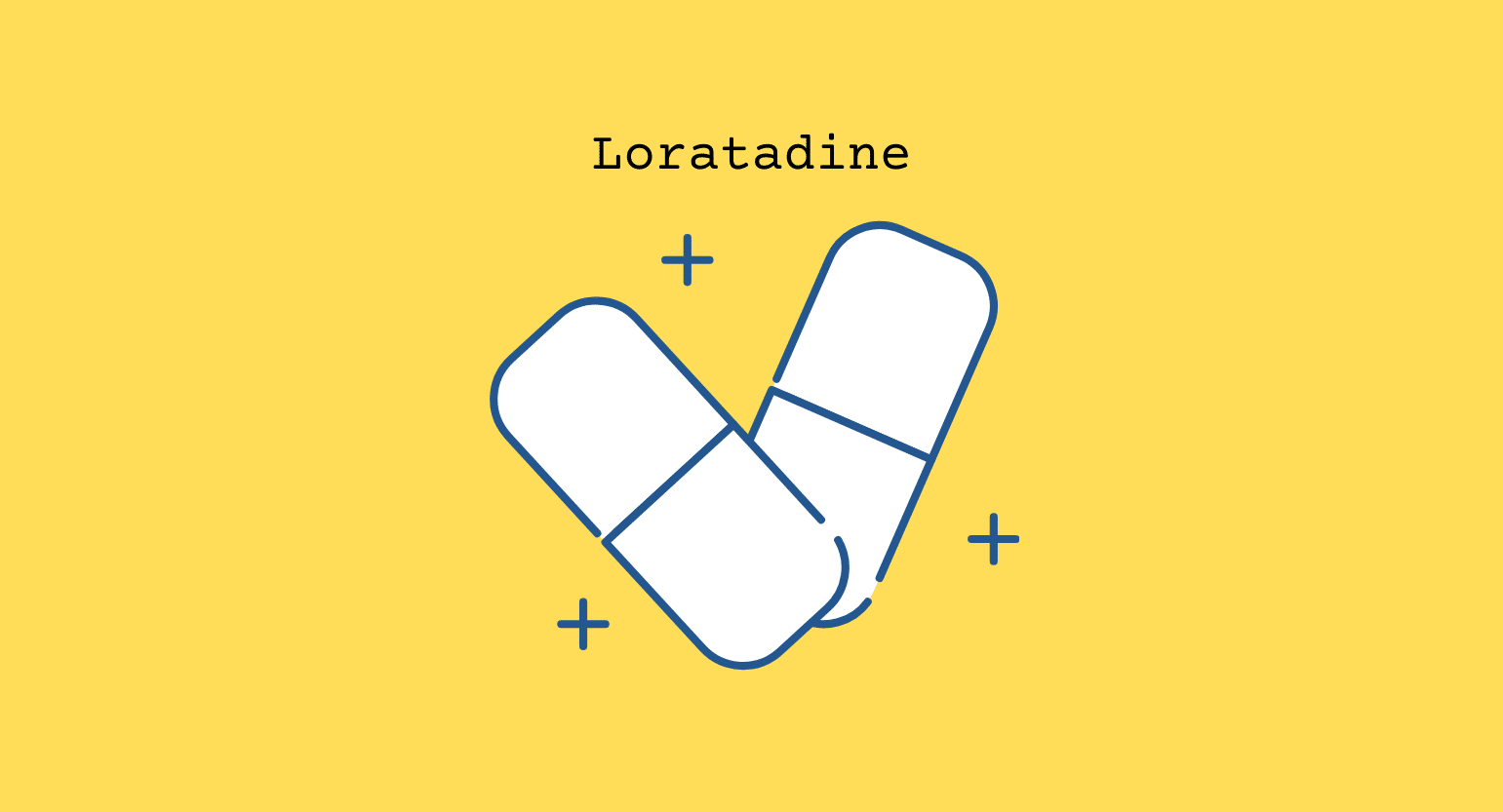Does Kratom Interact With Gabapentin?
Yes. When combined, kratom may increase the sedative side effects of gabapentin and lead to a higher risk of other, more severe side effects.
If you are taking gabapentin under prescription, speak to your doctor about kratom before you try it.
Gabapentin is a relatively new medicine, and researchers are still learning much about its effects and mechanisms of action.
Although people have used kratom for centuries in Southeast Asia, it has only recently become popular in the west. To make things worse, it’s an unregulated substance, which means large-scale controlled studies are lacking.
That said, it does not appear that the interaction between kratom and gabapentin causes letal risk. However, this combination is still dangerous, so only use the two with a doctor’s guidance.
These compounds have entirely different mechanisms of action, but since they both provide analgesic pain relief and slight sedation, their effects may sum up when taken together. This pharmacological phenomenon is known as an agonistic interaction.
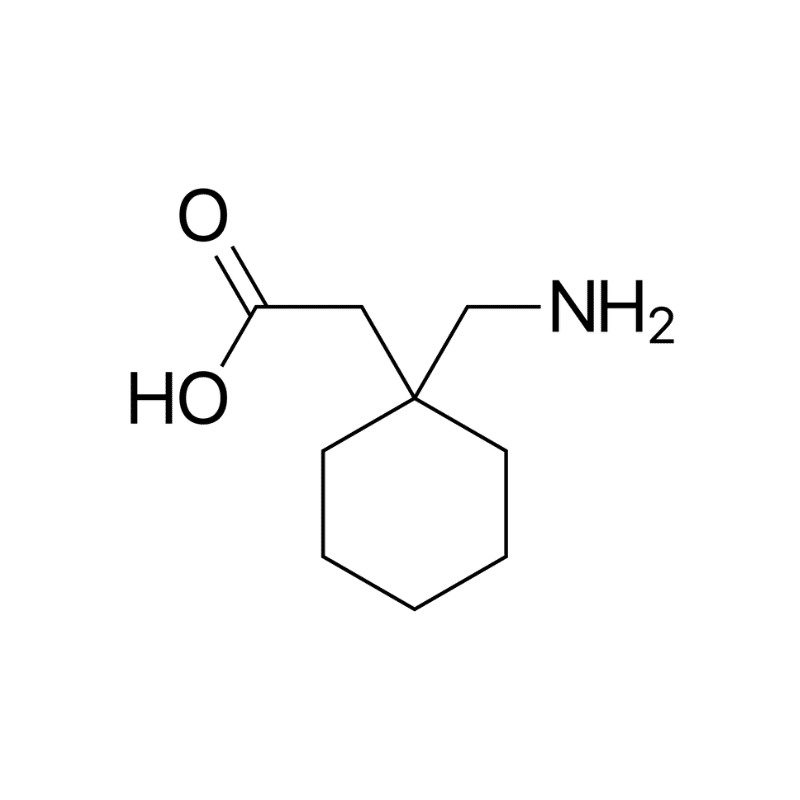
Gabapentin Specs
| Drug Name | Gabapentin |
| Trade Name | Neurontin, Gralise, Gabarone, Horizant |
| Classification | Anticonvulsant |
| CYP Metabolism | None. Gabapentin is eliminated by renal excretion unchanged. |
| Interaction With Kratom | Agonistic |
| Risk of Interaction | Low to moderate |
Is It Safe to Take Kratom With Gabapentin?
One problem is that kratom and gabapentin can be addictive and easily misused [1].
Furthermore, increased gabapentin misuse and its involvement in opioid overdoses force the medical community to recognize that it is not as safe as previously thought [2].
Kratom binds to opioid receptors in the central nervous system, activating opioid receptors similarly to opiates.
Although kratom is much safer than opioids, the fact that it still carries the risk of side effects and its inherent similarities to opioids should give pause to anyone thinking of mixing kratom and gabapentin.
If you’re intent on trying this combination, consult your doctor before doing so.
What Is Gabapentin?
Gabapentin is a prescription medication that falls under the class of anticonvulsant medications. It works on the brain to treat seizures and neuropathic pain caused by various conditions [8].
It is a gamma-aminobutyric acid (GABA) analog, which means it has a very similar structure to GABA. GABA affects the brain’s neurons by decreasing their activity, decreasing the possibility of seizures, and dampening pain signals sent by the brain.
Essentially, gabapentin works by decreasing excessive excitability in the brain.
Gabapentin has been available in the US as a generic medication since 2004. In 2018, it was the 11th most prescribed medication in the country.
What Is Gabapentin Used for?
Gabapentin primarily treats focal seizures, neuropathic pain, and other neurological conditions.
There are several types of seizures; gabapentin treats focal impaired awareness or complex partial seizures but isn’t effective in treating primary generalized seizures such as absence, myoclonic, or primary generalized tonic-clonic seizures [3].
Gabapentin can also treat neuropathic pain, although success varies greatly depending on the specific condition.
It’s used for the following ailments:
- Central pain syndrome
- Diabetic neuropathy
- Postherpetic neuralgia (PHN)
- Restless leg syndrome
- Shingles
However, gabapentin is only moderately effective in this type of treatment. Around 30-40% of patients experience meaningful relief [4].
Other studies have found gabapentin may be effective as a sedative for treating primary insomnia [5].
What’s the Dose of Gabapentin?
Gabapentin is a prescription medication, which means you should have a doctor’s instructions on how to take it. The dose and method of consumption vary.
General instructions say to ingest capsules, tablets, and oral solutions three times a day with a glass of water. Evenly space the doses throughout the day. Only take gabapentin as prescribed by your doctor.
Generic & Brand Name Versions
Gabapentin is available in the market under the following brand names:
- Neurontin
- Gralise
- Gabarone
- Fanatrex
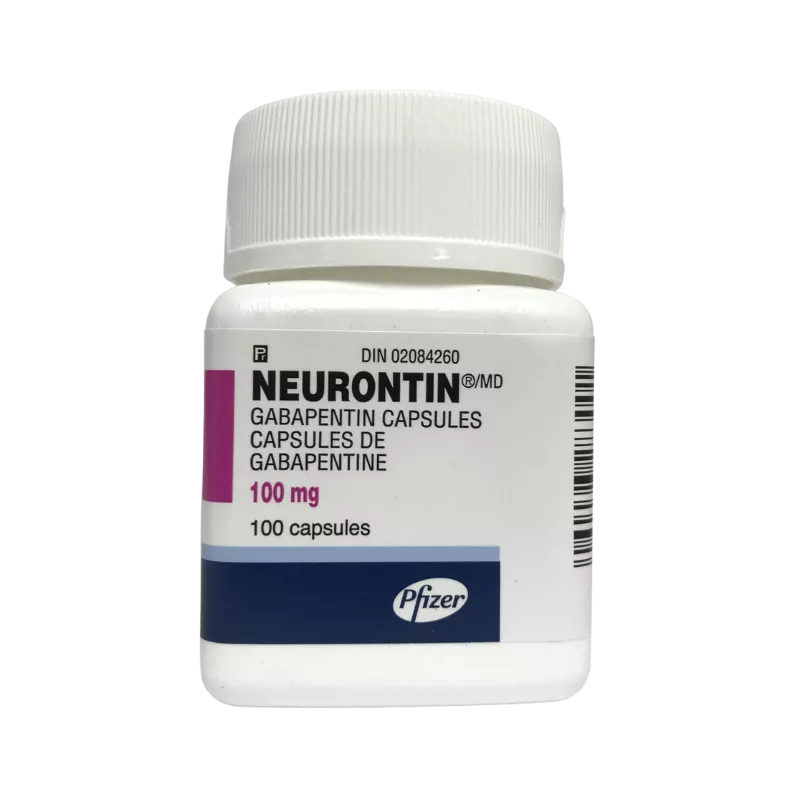
What Are the Side Effects of Gabapentin?
It’s always important to watch for side effects whenever you’re on medication.
Common side effects of gabapentin include:
- Difficulty speaking
- Double vision
- Feeling drowsy
- Fever
- Loss of coordination
- Nausea and vomiting
- Swelling of legs and feet
- Tremors
Gabapentin can also provoke depression and suicidal thoughts, and severe, life-threatening allergic reactions. However, the research is unclear. Additionally, the cessation of gabapentin can cause withdrawal symptoms [6].
What Is Kratom?
Kratom is a psychoactive plant harvested in Southeast Asia for centuries by indigenous peoples to ease fatigue and relieve pain.
It contains potent plant-based alkaloids that cause its effects. These compounds act on the body’s central nervous system, stimulating or depressing it.
Kratom’s effects vary depending on the dosage. Low doses produce powerful stimulating and nootropic effects — excellent for a morning boost or stimulating euphoria. Alternatively, high doses promote analgesic pain relief and anxiolytic, sedating effects.
Kratom can be consumed in a variety of ways. You can make tea, take it in a capsule, or even chew the raw leaves like those native to Southeast Asia.

What is Kratom Used for?
The kratom community is teeming with stories of kratom’s effectiveness at dealing with different ailments.
Because it’s less risky than opioids, kratom is most famous as an herbal pain management option. Long-term use is safer than over-the-counter medications like acetaminophen (Tylenol), which can cause liver damage [7].
Moreover, kratom is a nootropic that provides anxiety relief and effectively deals with the symptoms of opioid withdrawals.
At low doses, it provides numerous mental benefits like a boost in energy levels, increased focus, and mood support.
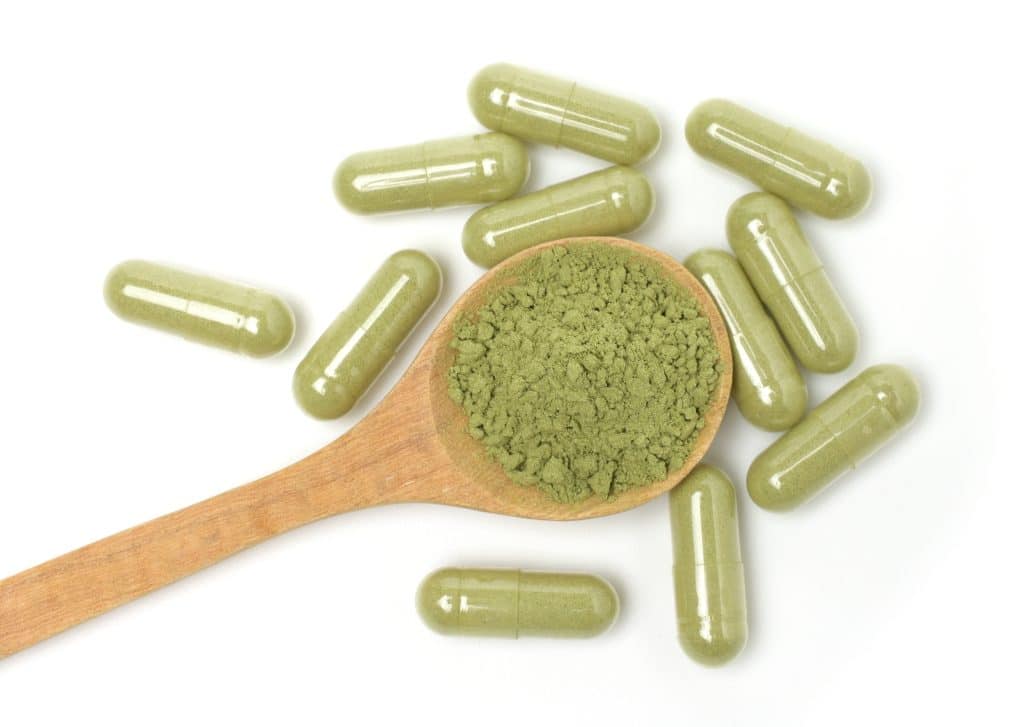
What’s the Dose of Kratom?
It is never a good idea to employ a formulaic approach to dosage recommendations.
Proper dosage is always affected by several complicating factors, such as body mass, method of consumption, and treatment goals.
If you’re starting to experiment with kratom, the intelligent thing to do is go slow and listen to your body.
For a starting point, kratom dosage recommendations are usually the following:
- Low dose: 1-5 g
- Medium dose: 5-10 g
- High dose: 10-15 g
The effects of kratom vary depending on the dosage. A low dose is best to promote the stimulant and nootropic properties of the kratom plant. Medium to high doses are preferable when attempting to stimulate analgesic and anxiolytic benefits.
Also see: How Much Kratom is Too Much?
What Are the Side Effects of Kratom?
Kratom still comes with side effects. To keep these minimal, use as little as you can and take breaks from kratom.
Kratom may cause the following side effects:
- Anxiety
- Brain fog
- Constipation
- Dizziness
- Headaches
- Heart palpitations
- Liver damage (with long-term use)
- Lethargy
- Nausea
At high doses for a prolonged period, kratom can be addictive. Exercise responsibility and caution when using kratom.

What Are the Different Types of Kratom?
The differing methods of harvest and processing used by traditional farmers in Southeast Asia and the distinct locations where kratom grows give rise to many different kratom strains.
These strains all share the same basic properties, but each emphasizes a particular benefit more prominently.
The name of the strains is given based on the color of the kratom leaf’s veins. However, the strains have no appreciable visual difference once crushed and ground.

White Vein Kratom
White vein kratom accentuates the nootropic and stimulating effects of the kratom plant.
Accordingly, the white-veined strains are more popular with those looking for a mid-morning boost or a mood enhancer. It is quite popular with all who have active lifestyles.
If you are looking for a herbal supplement to boost focus, stimulate euphoria or improve your focus, go with white veins.

Red Vein Kratom
Red-veined kratom strains are best suited for managing chronic pain, providing effective anxiety relief, and promoting general feelings of calm and sedation.
Red-veined strains are an excellent option for those who want to feel these benefits but do not want to take high doses regularly.

Green Vein Kratom
Green vein kratom is the middle point between white and red kratom strains. They carry a well-balanced profile that contains both the benefits of white and red.
However, this does come at a price. Green-veined strains sacrifice the targeted kratom experience that others can provide. If you’re starting with kratom, this is most likely the best choice.

Yellow Vein Kratom
Yellow vein kratom is a mixture of white and red kratom. In this way, it closely resembles the green strains.
Yellow vein users report this strain as being milder than other strains, making it an excellent choice for beginners or those who experience a strong reaction to kratom.

Key Takeaways: Is It Safe to Mix Kratom & Gabapentin?
When taken with precaution and responsibility, kratom and gabapentin are relatively safe compounds.
However, both can potentially cause adverse effects, addiction, and fatal overdose. These risks only become more pronounced when these compounds are mixed.
Kratom and gabapentin do not react dangerously within the body, but due to the increasing presence of gabapentin in opioid overdoses, one should exercise extreme caution when mixing these compounds.
If you attempt to do this, make sure you take the gabapentin as instructed by your doctor and keep the kratom dose to a minimum.
In any case, you should consult your doctor before using them together.
- Smith, R. V., Havens, J. R., & Walsh, S. L. (2016). Gabapentin misuse, abuse and diversion: a systematic review. Addiction, 111(7), 1160-1174.
- Peckham, A. M., Evoy, K. E., Ochs, L., & Covvey, J. R. (2018). Gabapentin for off-label use: Evidence-based or cause for concern?. Substance abuse: research and treatment, 12, 1178221818801311.
- Rheims, S., & Ryvlin, P. (2014). Pharmacotherapy for tonic–clonic seizures. Expert opinion on pharmacotherapy, 15(10), 1417-1426.
- Wiffen, P. J., Derry, S., Bell, R. F., Rice, A. S., Tölle, T. R., Phillips, T., & Moore, R. A. (2017). Gabapentin for chronic neuropathic pain in adults. Cochrane Database of Systematic Reviews, (6).
- Lo, H. S., Yang, C. M., Lo, H. G., Lee, C. Y., Ting, H., & Tzang, B. S. (2010). Treatment effects of gabapentin for primary insomnia. Clinical neuropharmacology, 33(2), 84-90.
- Tran, K. T., Hranicky, D., Lark, T., & Jacob, N. J. (2005). Gabapentin withdrawal syndrome in the presence of a taper. Bipolar disorders, 7(3), 302-304.
- Chun, L. J., Tong, M. J., Busuttil, R. W., & Hiatt, J. R. (2009). Acetaminophen hepatotoxicity and acute liver failure. Journal of clinical gastroenterology, 43(4), 342-349.
- Yasaei, R., Katta, S., & Saadabadi, A. (2022). Gabapentin. In StatPearls [Internet]. StatPearls Publishing.

